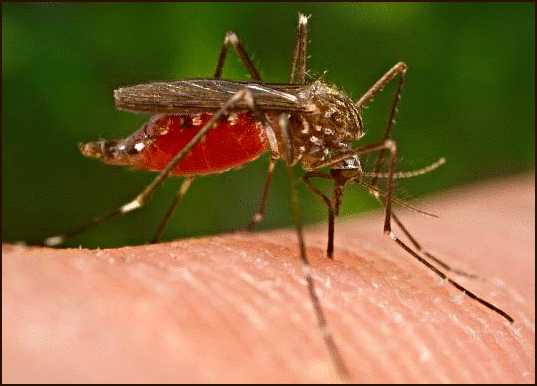
By now the news of GM mosquitoes has made the internet rounds, receiving a mixed reception. The idea behind these genetically modified mosquitoes was the reduce the spread of mosquito-borne diseases, like malaria, by creating a fully fertile strain of mosquitoes that produced 95% male offspring. The females of the species are the blood-feeding pests, gathering proteins from human blood to produce eggs, and acting as a major summertime pet peeve.
The authors of the recently published study (which is Open Access!), led by Andrea Crisanti and Nikolai Windbichler out of Imperial College London, generated a method for skewing the mosquito sex ratio, producing lots of males and few females - known as an extreme male-biased reproduction sex ratio. The lack of females led to the decline of four out of five of the mosquito populations in which the genetically modified males were introduced.
So how do you make a genetically modified mosquito? The authors exploited a highly specific endonuclease (an enzyme that cuts nucleotide bonds), called I-PpoI, which cuts a very specific portion of ribosomal RNA (rRNA) repeats on the X-chromosome of mosquitoes. Since males contain both an X and a Y chromosome, each sperm contains one of either. On the other hand, females possess two X chromosomes, and so all eggs have an X chromosome. The expression of I-PpoI during the production of sperm cuts up the X-chromosomes, resulting in only Y-chromosome-carrying sperm - that means all male offspring. But I-PpoI is a persistent protein with a long half-life, so when eggs are fertilized, it also cleaves the resulting embryo's X-chromosome. This causes something like a miscarriage, and this makes the I-PpoI-expressing males essentially sterile.
 |
| Proposed mechanism of I-PpoI skewing the sex-ratio of mosquito offspring |
 |
| Percent male progeny based on mutation of I-PpoI at various residues |
The researchers then exposed these GM mosquitoes to cages containing populations of wild-type mosquitoes. The collapse of the populations after a few generations has led the authors to hypothesize that, if released in the wild, the accumulation of X-chromosome damage caused by I-PpoI could significantly reduce mosquito populations. According to Dr. Windbichler, one of the more promising aspects of these results is that this would be a sustainable system, freeing us of our pesticide-dependence, at least when it comes to mosquito control.
Now, I've always been told that the world would whither and die if we suddenly lost all our mosquitoes - they do a lot of our pollination, after all. But a 2010 Nature news feature has a different take on it. Can you imagine a world free from mosquitoes?
No comments:
Post a Comment